Jonas Salk, MDThe New Yorker Who Tamed Polio


Chapter 1Polio Before Jonas Salk
June 17, 1894First U.S. Polio Epidemic
1908Poliovirus Identified
August 8, 1921Polio Strikes FDR
Franklin Delano Roosevelt (1882-1945), former New York State Senator, Assistant Secretary to the Navy, and future U.S. president, fell ill with what most historians think was polio.
Roosevelt’s illness left his legs paralyzed for life. He avoided being photographed in his wheelchair, however, and used braces and canes to appear to walk.
June 17, 1916New York City Polio Epidemic
1935Early Polio Vaccine Trials
October 22, 1952IgG Used for Polio Protection
Chapter 2Jonas Salk Joins the Fight Against Polio
1952Polio Cases Surge
1952Salk Begins Early Polio Vaccine Tests
March 26, 1953Salk Becomes a Public Figure
After some media reports suggested that a polio vaccine was nearly ready for widespread use, Jonas Salk went on the radio to deflate the nation’s hopes. He insisted, “Although progress has been more rapid than we had any right to expect, there will be no vaccine available for widespread use for the next polio season.”
Salk thus became the most well-known scientific name behind the search for a vaccine. Some others, working on live, attenuated polio vaccines, objected both to Salk’s public profile and to his killed-virus approach. They argued that his vaccine would fail to produce long-term protection from polio and that dangers lurked in Salk’s choice of a virulent Type 1 (Mahoney) virus strain.
May 16, 1953Salk Gives Vaccine to His Family
April 25, 1954Massive Polio Vaccine Trial Begins in U.S.
April 12, 1955Polio Vaccine Results Announced
In a press conference at the University of Michigan, Thomas Francis Jr., MD (a scientist with extensive experience with influenza vaccines), and colleagues announced the results of the Salk poliovirus vaccine trial. The vaccine, they said, was 80-90% effective against paralytic polio.
The U.S. government licensed Salk’s vaccine later this same day. The press conference and licensure paved the way for widespread distribution and use of the vaccine.
Chapter 3After Salk's Vaccine
April 24, 1955The Cutter Incident
May 8, 1955Polio Vaccination Suspended
Leonard Scheele, MD, the U.S. Surgeon General, suspended the polio vaccination program in order to investigate the safety of all six manufacturers’ vaccine.
The full review concluded that 11 people died from the vaccine and hundreds were paralyzed. Though the cause of the disaster was never proven, it is likely that certain production methods (which, it turns out, did not follow Salk’s instructions) resulted in a failure to completely kill the Type 1 (Mahoney) poliovirus in the vaccine.
1959Soviet Trials of Sabin's Live Poliovirus Vaccine
August 24, 1960Sabin's Polio Vaccine Licensed
Albert Sabin’s live poliovirus vaccine was recommended by the U.S. Surgeon General to be licensed. This vaccine provided protection against Type 1 poliovirus. Soon, vaccines for Types 2 and 3 would be licensed. A 1963 vaccine would combine all three types.
1988Global Polio Eradication Initiative
September 29, 1994Polio Declared Eliminated from the Americas
2000A Return to Salk's Vaccine in the U.S.
Forty-six years after the successful Salk poliovirus vaccine trials of 1954, concerns about cases of polio developing from use of the OPV led to the United States adopting an IPV-only vaccine schedule. Sabin’s vaccine was still used in other parts of the world where polio still circulated.